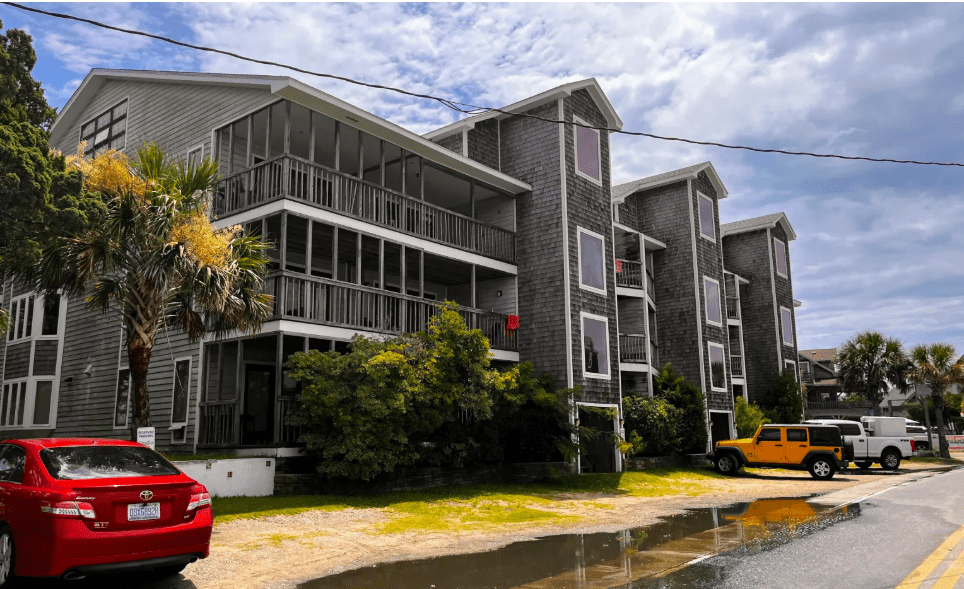Comparison of Treatment Options for ALS: Stem Cells vs. Conventional Methods

Amyotrophic lateral sclerosis (ALS), also known as Lou Gehrig’s disease, is a progressive neurological condition that affects motor neurons in the brain and spinal cord. This leads to a slow decline in motor functions, ultimately affecting the quality of life of individuals with the disease. Unfortunately, there is currently no cure for ALS, but there are treatment options available that can help manage symptoms and potentially slow down the progression of the disease.
Traditional treatment methods for ALS primarily focus on alleviating symptoms such as loss of motor control, twitching and cramping, difficulty breathing and swallowing, and impaired speech. Medications like Riluzole and Edaravone are commonly prescribed to extend lifespan and delay the need for invasive procedures such as ventilators or tracheostomies. Physiotherapy and occupational therapy can also help individuals with ALS manage pain, maintain independence in daily tasks, and improve overall quality of life. Joining ALS support groups can provide emotional support and valuable information on managing the disease.
In recent years, stem cell therapy has emerged as a promising treatment option for ALS. Stem cells have the unique ability to differentiate into various cell types and regenerate damaged cells in the body. They also possess immunomodulating and anti-inflammatory properties that can help in treating a wide range of diseases, including ALS. Unlike traditional treatments that focus on managing symptoms, stem cell therapy aims to restore damaged cells that contribute to the symptoms of ALS.
When stem cells are injected into the body, they migrate to the affected regions in the brain and spinal cord, differentiate into nerve cells, repair damaged cells, and promote the growth of new neurons. Additionally, stem cells release growth factors and neuroprotective molecules that support the growth of new neurons and prevent neuronal death, ultimately slowing down or halting the progression of ALS.
It is important to note that not all stem cell therapies are created equal. While embryonic stem cells have been associated with an increased risk of tumor formation, stem cell therapy using mesenchymal stem cells (MSCs) has been proven to be safe with minimal side effects. Patients with active infections or a history of cancer may not be eligible for MSC therapy.
In conclusion, while traditional treatments for ALS focus on managing symptoms and prolonging lifespan, stem cell therapy offers a revolutionary approach by targeting the underlying nerve damage that causes the disease. Although stem cell therapy may be more expensive and not typically covered by insurance, it has the potential to repair and replace damaged neurons, restore motor function, and slow down the progression of ALS. As research in stem cell therapy continues to evolve, it holds promise for transforming the treatment landscape for individuals living with ALS.





